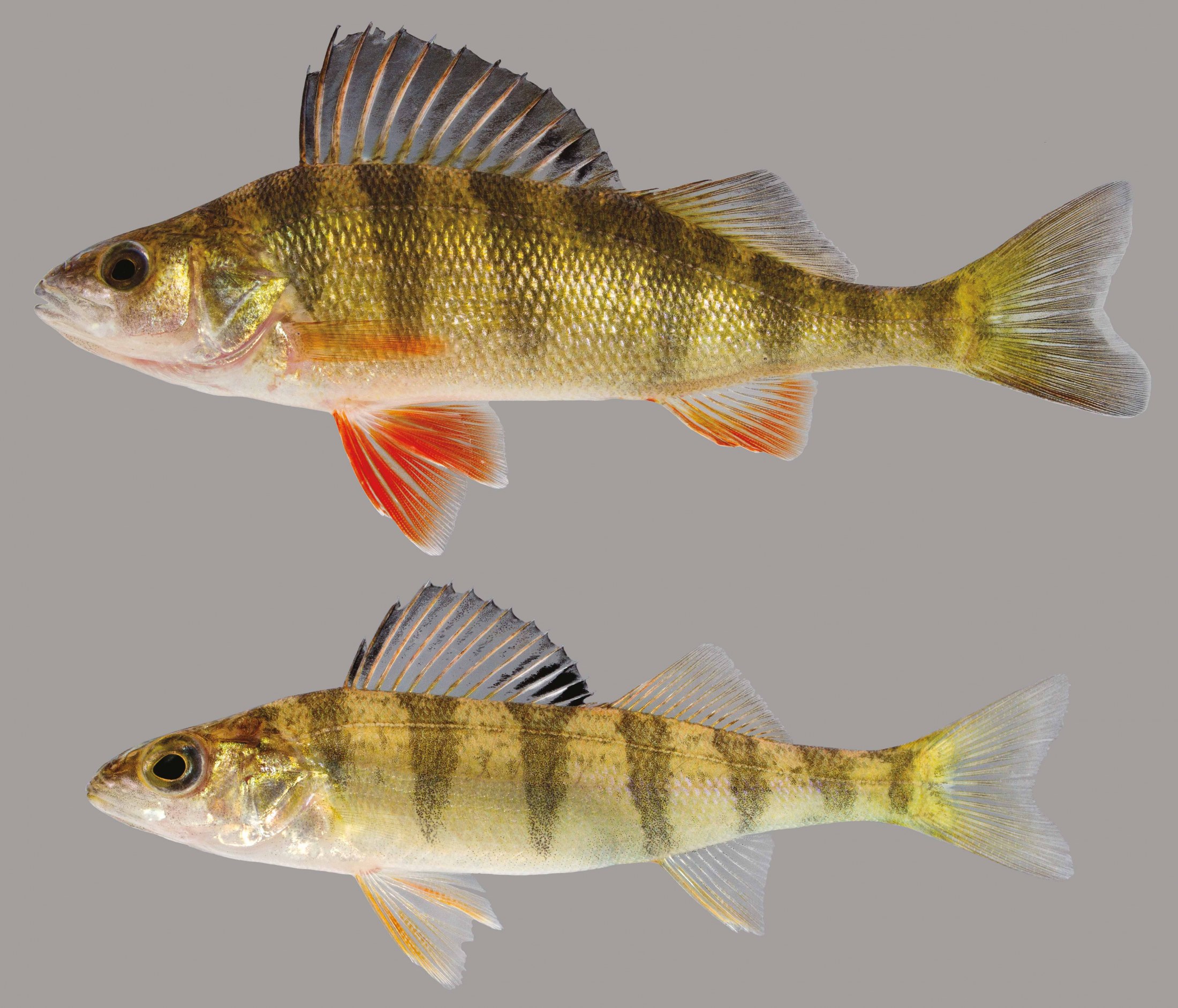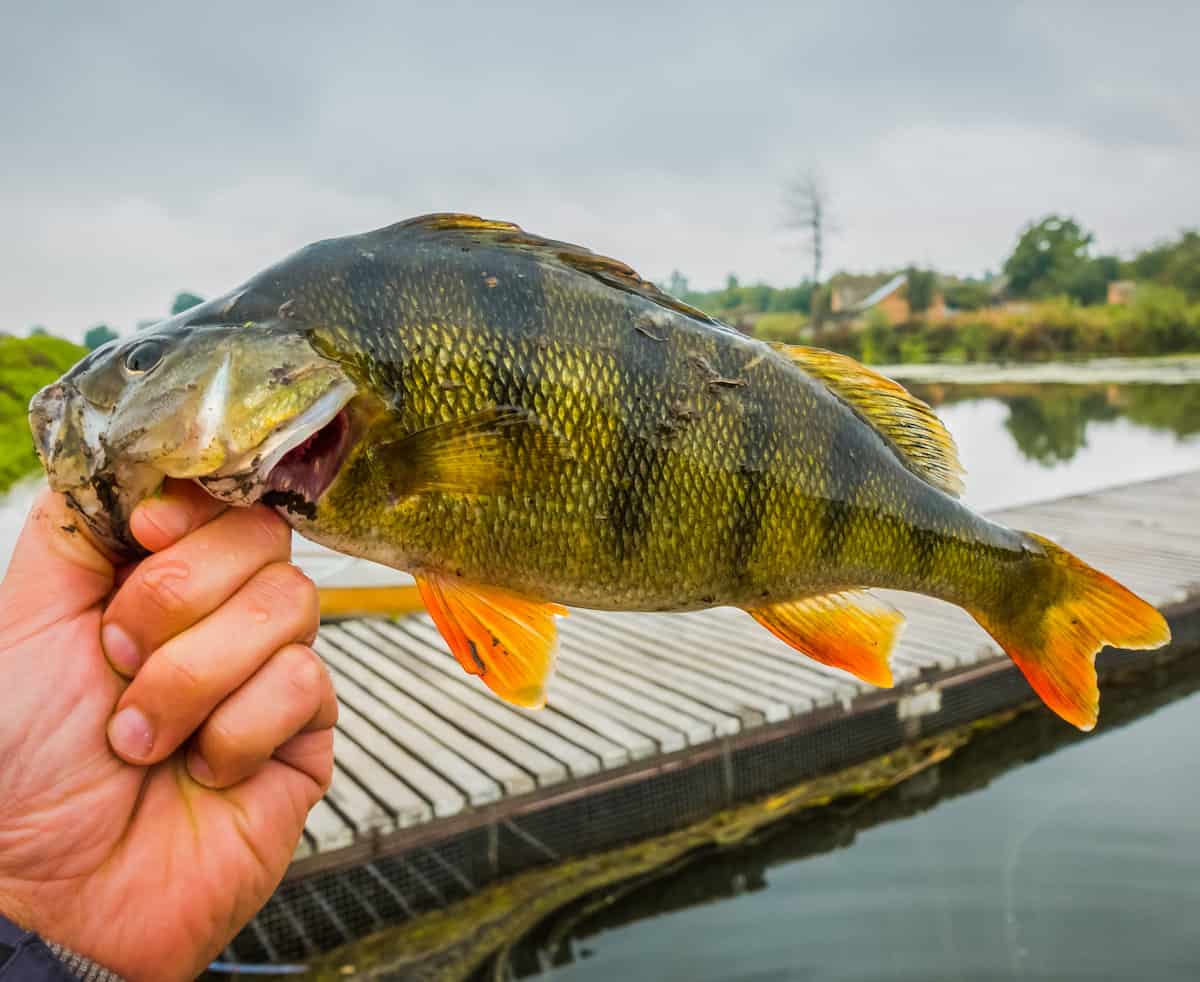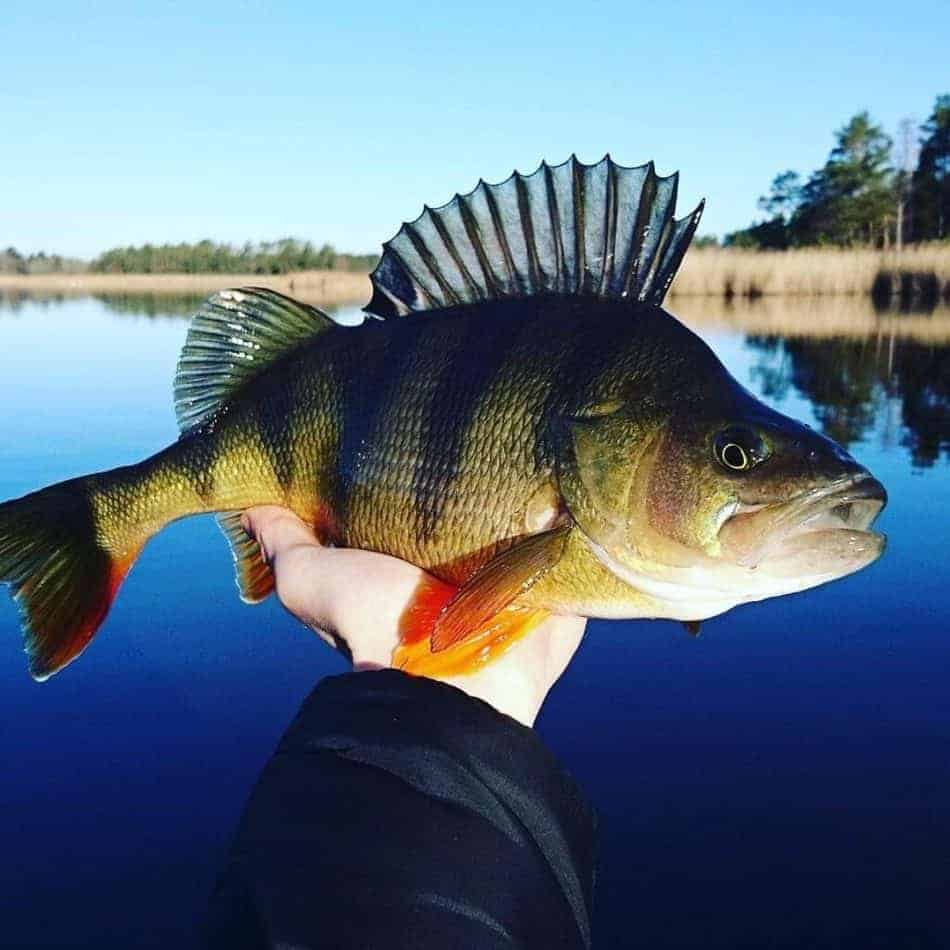Taxonomy and Distribution: Perch Fish

Perch fish, belonging to the order Perciformes, are a diverse and widely distributed group of fish. Their scientific classification is as follows:
- Kingdom: Animalia
- Phylum: Chordata
- Class: Actinopterygii
- Order: Perciformes
Perch fish are found in a wide range of habitats, including freshwater, brackish water, and marine environments. They are distributed across all major oceans and continents, with the exception of Antarctica. Some species, such as the yellow perch (Perca flavescens), are known for their ability to tolerate a wide range of environmental conditions, while others, such as the peacock bass (Cichla ocellaris), are restricted to specific habitats within the Amazon River basin.
The perch fish, a freshwater delicacy, swims gracefully through the depths. Its sleek body and vibrant colors are a sight to behold. As the perch glides through the water, it encounters the majestic skate fish , a cartilaginous wonder with its unique flattened body and extended fins.
The skate fish, a master of camouflage, blends seamlessly into the sandy seabed, its keen senses ever-alert. As the perch continues its journey, it marvels at the diverse beauty that inhabits the watery realm.
Morphological Characteristics
Perch fish exhibit a variety of morphological characteristics that distinguish them from other species. These include:
- Spiny dorsal fin: Perch fish typically have a spiny dorsal fin, which is located towards the front of the body.
- Soft dorsal fin: Behind the spiny dorsal fin, perch fish have a soft dorsal fin that is often longer and more flexible.
- Pelvic fins: Perch fish have pelvic fins that are located on the underside of the body, near the anal fin.
- Scales: Perch fish are covered in scales, which can be either ctenoid or cycloid.
Ecology and Behavior

Perch fish exhibit a fascinating array of feeding habits, social behaviors, and reproductive strategies that have allowed them to thrive in diverse aquatic ecosystems.
Feeding Habits
Perch fish are primarily carnivorous, feeding on a wide range of prey, including insects, crustaceans, small fish, and even their own young. Their feeding strategies vary depending on species and habitat. Some perch fish, such as the yellow perch, are ambush predators, waiting patiently for prey to come within striking distance before launching a lightning-fast attack. Others, like the walleye, are active hunters, using their keen eyesight and powerful jaws to chase and capture their quarry.
Social Behavior
Perch fish display a range of social behaviors, from solitary individuals to large, cohesive schools. Some species, such as the bluegill, form loose aggregations for feeding and protection, while others, like the largemouth bass, are more territorial and aggressive towards other fish. Perch fish often communicate through a variety of visual and acoustic signals, such as body language, color changes, and vocalizations.
Reproductive Strategies
Perch fish exhibit a variety of reproductive strategies, including egg-laying, live-bearing, and parental care. Many species of perch fish lay eggs in nests, which are often built in shallow water or on aquatic vegetation. The male typically guards the nest and eggs until they hatch, while the female provides no parental care. Other species of perch fish, such as the pumpkinseed sunfish, are mouthbrooders, with the male holding the fertilized eggs in his mouth until they hatch.
Role in Aquatic Ecosystems
Perch fish play a vital role in aquatic ecosystems as both predators and prey. As predators, they help to control populations of smaller fish and invertebrates, maintaining a balance in the ecosystem. As prey, perch fish are an important food source for larger fish, birds, and mammals. Perch fish also serve as hosts for a variety of parasites and diseases, which can impact their populations and the overall health of the ecosystem.
Economic Importance and Cultural Significance

Perch fish have significant economic and cultural importance worldwide, serving as a valuable resource for commercial and recreational fishing and holding cultural significance in various regions and societies.
Commercial Fishing
Perch fish are a popular target for commercial fishing due to their abundance and high demand as a food source. They are harvested using various methods, including gillnets, traps, and seines, and are sold fresh, frozen, or processed into fillets or other products.
In the United States, perch fish are a significant part of the Great Lakes commercial fishery, with yellow perch being one of the most valuable species. In Europe, perch fish are also important in commercial fisheries, particularly in the Baltic Sea and other coastal areas.
Recreational Fishing, Perch fish
Perch fish are also a popular target for recreational fishing, especially in freshwater environments. They are known for their aggressive behavior and willingness to take a variety of baits, making them a challenging and enjoyable fish to catch.
Recreational fishing for perch fish is particularly popular in North America and Europe, where they are often targeted by anglers using lures, jigs, and live bait.
Nutritional Value and Culinary Uses
Perch fish are a good source of protein, omega-3 fatty acids, and other essential nutrients. They are typically cooked by frying, baking, or grilling, and can be prepared in a variety of dishes.
Perch fish are often used in soups, stews, and chowders, and can also be served as a main course with various sides. They are a versatile fish that can be enjoyed in many different ways.
Cultural Significance
Perch fish hold cultural significance in many regions and societies. In some Native American cultures, perch fish are considered a sacred animal and are often used in ceremonies and rituals.
In Europe, perch fish have been featured in art and literature for centuries, and are often associated with good luck and prosperity. In some cultures, perch fish are believed to have medicinal properties and are used in traditional remedies.
In the depths of the shimmering waters, where schools of silver gleam, the humble perch fish ( perch fish ) holds a place of both culinary delight and ecological significance. With its delicate flesh and versatility in the kitchen, it graces the plates of gourmands worldwide.
Its role in the intricate tapestry of aquatic life is no less remarkable, providing sustenance to larger predators and contributing to the health of its watery domain.
The perch fish, a denizen of the deep, darts through the water with effortless grace. Its silvery scales shimmer like a thousand stars, reflecting the sunlight. But beneath its shimmering exterior lies a secret, a floater meaning something that floats.
Like the perch fish, the floater is a symbol of hope, a reminder that even in the darkest of depths, there is always something to lift us up.
In the tranquil waters, the perch fish darted with grace, its scales shimmering like a thousand tiny mirrors. Its agility reminded me of a floater meaning , a small particle that defied gravity and suspended in the water. Like the perch, it possessed a resilience that allowed it to thrive in the face of adversity, reminding us that even the smallest of creatures can achieve extraordinary feats.
In the azure depths, perch fish dance gracefully, their iridescent scales shimmering like a thousand stars. Yet, beneath their serene exterior lies a curious tale of “floaters” ( floater meaning ) – specks of food that float enticingly within the water’s embrace.
These enigmatic floaters hold the key to the perch’s survival, as they instinctively dart and snap at these tiny morsels, sustaining their vibrant existence in the vast expanse of the ocean.